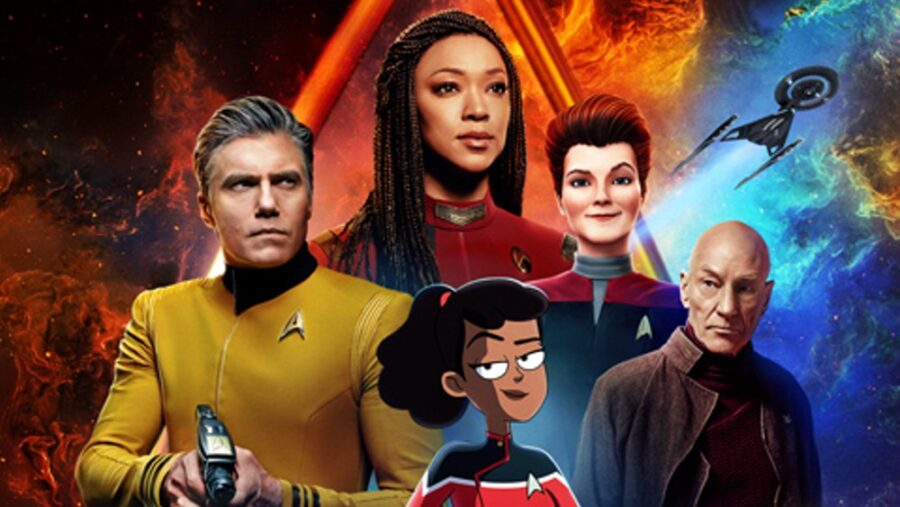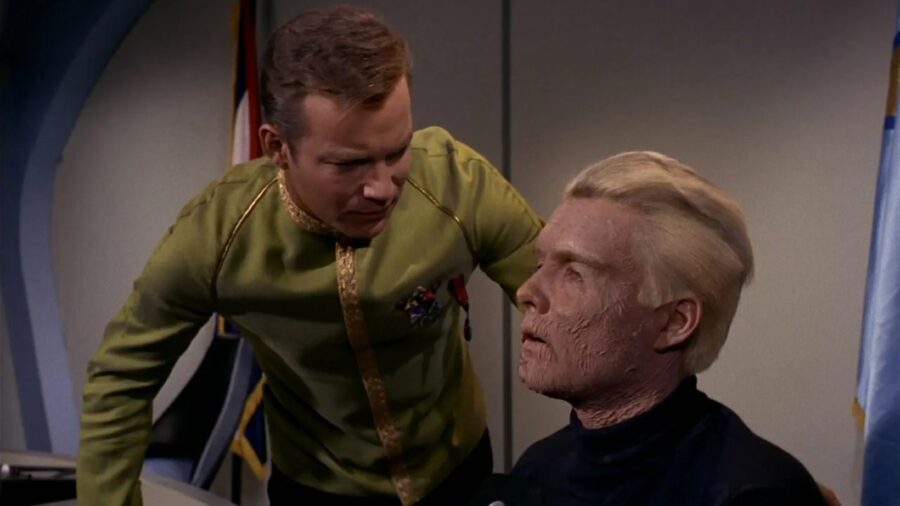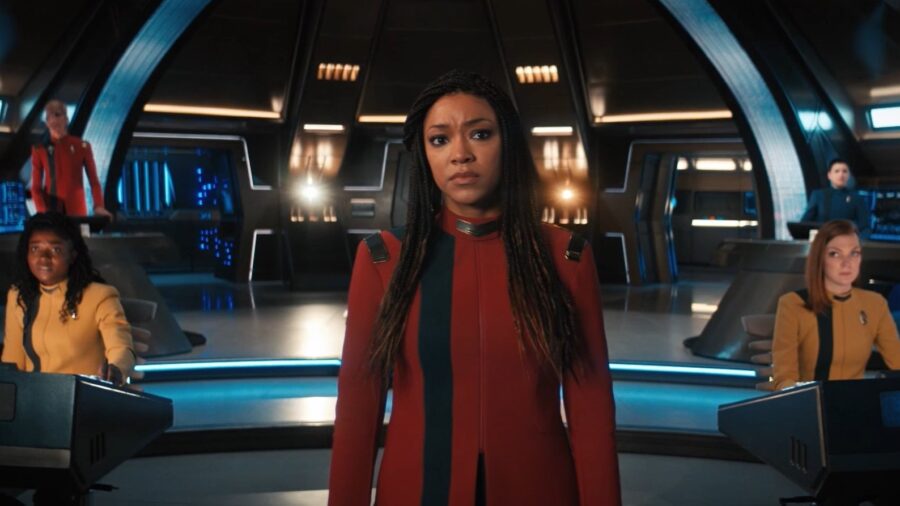Star Trek Is The Original Cinematic Shared Universe?
Star Trek became the first shared screen universe with the airing of the two-part Original Series episode "The Menagerie."

Since 2008, fans have been going crazy for Marvel movies for the simple reason that they have a shared cinematic universe, meaning that all of these collective films (and later, television shows) are all helping to tell one big story that grows ever larger. However, Marvel didn’t invent the idea of a shared cinematic universe, with many fans belatedly giving that credit to the old Universal Pictures monster movies. Recently, IGN argued something so controversial and yet so brave: that Star Trek is, in fact, the first proper cinematic shared universe.
Before you horror fans jump on us, let’s get right to it: why shouldn’t we consider the Universal movie monsters to have created the cinematic universe, especially when it featured multiple films of these familiar characters duking it out? The short answer is that those films usually broke continuity in major and minor ways just so these monsters would have a reason to fight (reanimated corpses and undead vampires and lycanthropes aren’t exactly natural enemies).
So while it’s undeniably fun to watch Frankenstein encounter the Wolfman, the sheer amount of continuity that gets thrown out means these films never enjoyed a true shared universe like Star Trek eventually would.
Meanwhile, Star Trek’s shared universe goes back to the beginning, though this wasn’t the initial intention of creator Gene Roddenberry. He originally filmed a very different pilot featuring Captain Pike (yes, the same character we see each week in Strange New Worlds), but when that fizzled, he got a chance to film a new pilot featuring William Shatner as Captain Kirk. For a brief time, that original pilot was left in a kind of non-canonical limbo.

Star Trek: The Original Series, S1 E12
That didn’t last long, though, because the first season of Star Trek: The Original Series featured a two-part episode called “The Menagerie” that incorporated footage from the first pilot. For Trek nerds, this was a major addition to the canon: suddenly, we knew about the Enterprise having a previous captain and that Spock served under him along with a mysterious woman known only as Number One.
This was effectively Star Trek’s first crossover with itself, and arguably the beginning of its shared cinematic universe.
After the end of Star Trek: The Original Series, the series became more self-referential and continued to flex its shared universe. Not only did The Animated Series make frequent callbacks to the earlier series, but the fan-favorite movie The Wrath of Khan effectively became a big-screen, big-budget sequel to The Original Series episode “Space Seed.”
The success of these films led to Star Trek: The Next Generation, which expanded this universe while also featuring occasional cameos from Original Series actors.
The success of Star Trek: The Next Generation led to more spinoffs like Deep Space Nine and Voyager which expanded on the original canon, and we eventually got new feature films set in a brand new continuity. But due to sheer fan demand, Trek came back to television in a big way with Star Trek: Discovery, which was originally a prequel to The Original Series.

In addition to the core cast, this show also re-introduced the core of the show that would become Strange New Worlds: Pike, Spock, and Number One were back, and the circle of Star Trek’s shared cinematic universe was now complete.
While the so-called “NuTrek” has occasionally been divisive, it continues to add depth to this shared universe, including Star Trek: Discovery making some deep callbacks to The Animated Series. And now, the live-action Strange New Worlds is getting a high-profile crossover with the hit animated show Lower Decks.
Any other franchise would likely mess this up big time, but since Star Trek has nearly 900 episodes of cinematic shared universe (and counting), we’re confident the writers, directors, and actors are going to stick the landing in a big way.












